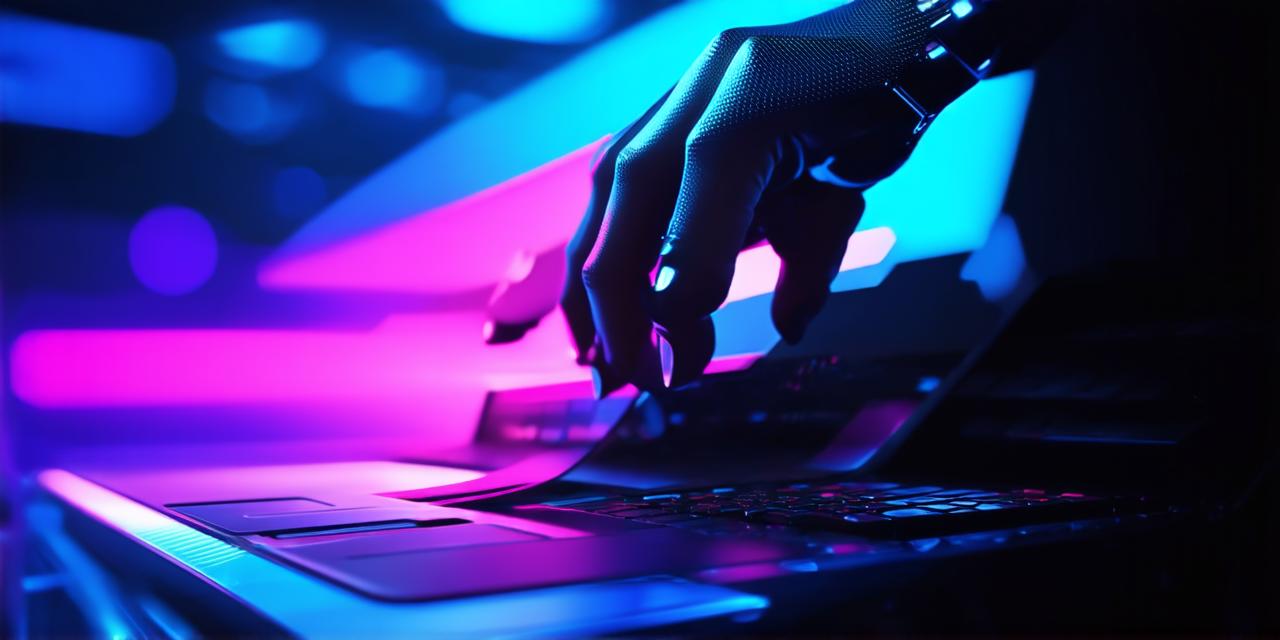Mixed reality (MR) is a technology that combines virtual and real-world elements to create an immersive experience for the user.
On the other hand, computer vision is the field of artificial intelligence (AI) that focuses on enabling machines to interpret and understand images and videos in the real world. The two technologies are closely related, as computer vision can be used to enhance the MR experience and MR can be used to improve computer vision algorithms.
One of the ways that MR can improve computer vision is by providing additional context to the algorithms. In a purely virtual environment, the computer vision algorithm may not have access to all of the relevant information about the scene. By incorporating real-world elements into the MR experience, the algorithm can have access to more context, which can lead to more accurate and reliable results.
Another way that MR can enhance computer vision is by providing a more interactive environment for the user. With MR, the user can interact with the virtual elements in real-time, allowing them to provide feedback to the computer vision algorithm. This feedback can be used to improve the accuracy of the algorithm over time, as it learns from the user’s behavior.
Computer vision can also be used to enhance the MR experience. For example, it can be used to track the user’s movements and position in the real world, allowing the MR system to adjust the virtual environment accordingly. This can create a more immersive experience for the user, as they feel like they are truly interacting with the virtual elements.
In addition, computer vision algorithms can be used to enhance the quality of the virtual elements in the MR experience. For example, it can be used to add textures and lighting effects to the virtual objects, making them look more realistic and believable.
Overall, the relationship between mixed reality and computer vision is a symbiotic one. Each technology can be used to improve the other, creating a more immersive and interactive experience for the user. As the two technologies continue to evolve, we can expect to see even more exciting applications in the future.



